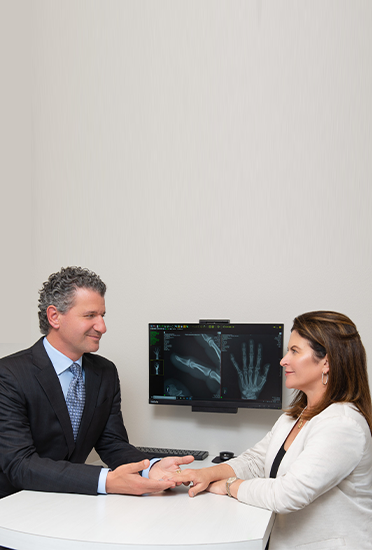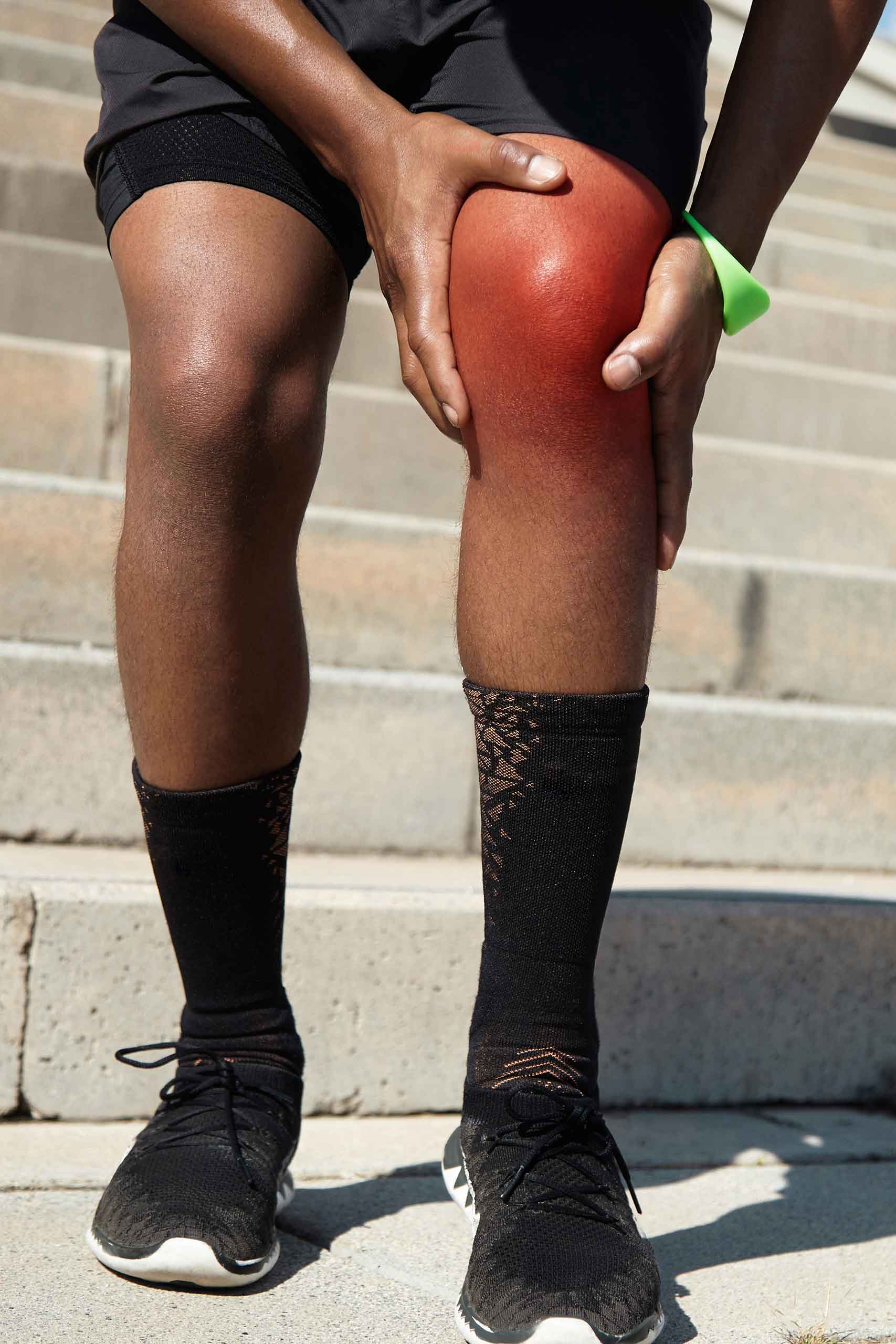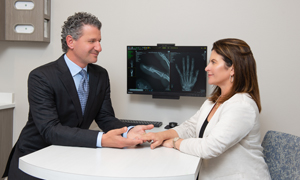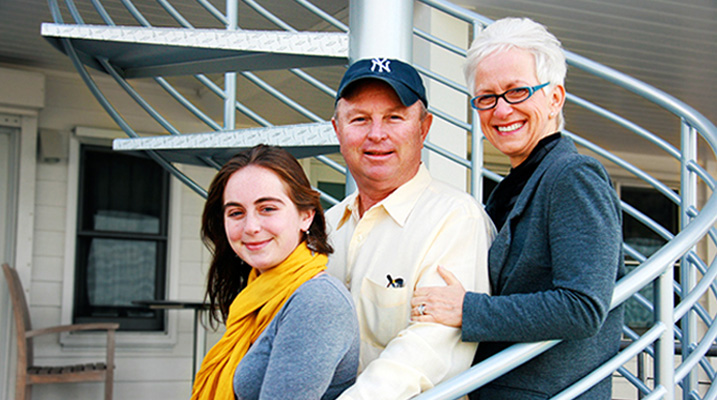Achilles Tendon Rupture
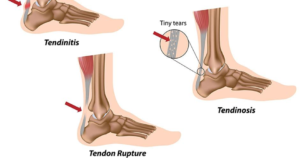
What is Achilles Tendon Rupture?
Also known as Achilles tendon tear, the Achilles tendon rupture is a partial Achilles tear or complete tear that happens when your tendon is stretched beyond its capacity.
Activities such as pivoting, jumping, and sudden acceleration while running can cause Achilles injury. Other causes may include tripping or falling. Normally, such actions cause a tear or overstretch the tendon, leading to Achilles tendon ruptures.
Achilles tendon injury affects the backside of your lower leg. This injury is common among those playing recreational sports. However, it can occur to anyone regardless of their age or lifestyle.
Normally, a ruptured Achilles tendon makes a pop sound followed by a sudden Achilles tendon pain. This immediate sharp pain is felt in the back of your lower leg and ankle. If left unchecked, it can impact your ability to walk comfortably. In this case, Achilles tendon surgery should be considered to help repair the injured Achilles.
Achilles Tendon Rupture Anatomy
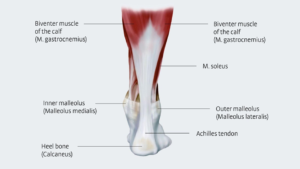
The Achilles tendon is considered the largest tendon in your body. Its main function is to connect the calf muscles and the heel bone. Also, the tendon plays an integral role in walking, running, or jumping.
Causes of Achilles Tendon Rupture
Bear in mind that your Achilles tendon is responsible for helping you rise on your toes, point your feet downward, or push off your feet as you walk. This means that you always rely on your Achilles tendon every time you move or lift your feet.
Achilles tendon rupture occurs in the section of your tendon located within 2.5 inches of the point of attachment to the heel bone. In most cases, this section becomes susceptible to rupture or tear because of poor blood flow. Torn Achilles tendon occurs due to increased stress on the Achilles tendon.
Some of these common causes include:
-
Tendonitis
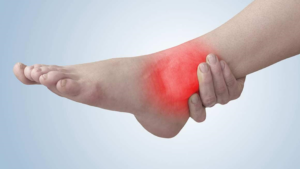
The inflammation, swelling, or irritation on your Achilles tendons is commonly referred to as tendonitis. Often this condition occurs due to damage or overuse of your tendon. Tendonitis is likely to cause sudden Achilles tendon pain around your heel and down the back of your injured leg.
Apart from the pain, you will notice that parts of the affected tendon gradually get thicker and harder. If you don’t seek medical intervention, the damaged Achilles tendon will worsen.
Two main types of tendonitis are:
- Non-insertional Achilles tendonitis– This condition is characterized by small tears that usually occur in the middle fibers of the tendon. These small Achilles tears cause swelling and pain. Non-insertional Achilles tendonitis affects active, middle-aged individuals or young adults.
- Insertional Achilles tendonitis-This type of injury occurs particularly in the area where the tendon meets the heel bone. Extra bone growth or bone spurs often form alongside this Achilles tear. Insertional Achilles tendonitis can affect people of any age, including those who are not always active.
-
Rupture
A rupture occurs within the Achilles tendon fibers causing a partial or complete tear. When this happens, a pop sound may be heard originating from the back of your calf or heel. This injury may be due to a ruptured tendon ankle or a torn tendon in the foot. It may need quick and immediate medical attention.
Symptoms of Achilles Tendon Rupture
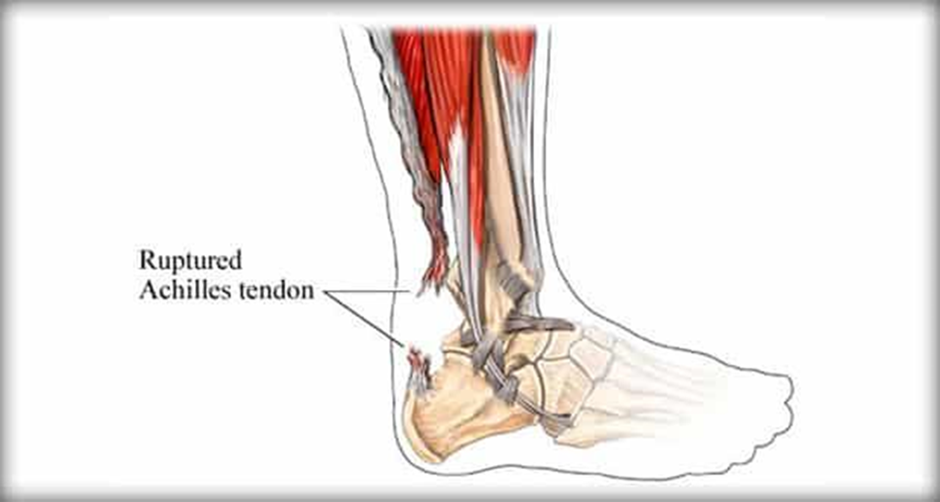
Achilles tendon rupture symptoms can include a sudden excruciating pain due to a tendon tear ankle, a torn tendon in the foot, or an injured Achilles. For Achilles tendinopathy, the symptoms may include swelling, inflammation, and irritation in and around the ankle area. You may also feel mild and severe pain around the affected area.
In general, Achilles tendon rupture symptoms include the following:
- A sudden Achilles tendon pain that feels like a stab or a kick in the back of your calf or ankle. The pain often subsides into a mild or dull ache.
- A snapping or popping sensation
- Swelling on the backside of your leg between the calf and the heel
- Difficulty walking, especially when going upstairs or uphill.
- Difficulty rising on your toes
Once you notice the above-listed signs and symptoms, your next step should be to seek medical attention promptly to prevent further damage. However, before you visit the doctor, you should apply the RICE method.
This involves:
- Rest: Stay off the injured ankle and foot because walking can potentially cause further damage and more pain.
- Ice: Apply some ice cubes covered with a clean thin towel to counteract the effects of swelling and reduce pain. Never place ice directly on the damaged skin.
- Compression: Make sure to wrap the injured ankle and foot using an elastic bandage to prevent further damage and swelling.
- Elevation: Keep the injured leg elevated in order to reduce the swelling. The elevation should be even or slightly above your heart level.
If the symptoms persist, seek medical advice from Dr. Christopher L. Dillingham at Sforzo Dillingham l Stewart Orthopedics + Sports Medicine. He is a board-certified orthopedic surgeon and fellowship-trained in different types of surgeries.
The doctors at Sforzo l Dillingham l Stewart Orthopedics are experienced in providing expert care and treatment of problems affecting the arm, forearm, elbow, wrist, and hand. They also specialize in nerve injury treatment, carpal tunnel syndrome treatment, fracture repair, arthritis surgery, foot and ankle disorders, joint replacement, and tendon repair. Each doctor performs most of the above-mentioned procedures using minimally invasive medical techniques to maximize short-term and long-term function.
How To Diagnose Achilles Tendon Rupture?
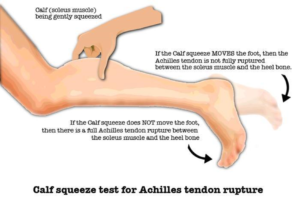 Your healthcare provider will try to find out if you have an Achilles tendon rupture by asking questions regarding your past health history. The healthcare provider will also examine the back of your legs for signs of swelling and pain before performing any of the following diagnostic tests:
Your healthcare provider will try to find out if you have an Achilles tendon rupture by asking questions regarding your past health history. The healthcare provider will also examine the back of your legs for signs of swelling and pain before performing any of the following diagnostic tests:
- X-Ray: Through X-ray, your doctor will examine dense tissues within your damaged ankle or back of your leg. X Rays will rule out fractures.
- MRI: The doctor may also suggest a magnetic resonance imaging (MRI) test to provide pictures of your ankle structure and surrounding tissues for any injuries related to Achilles tendon tear.
- Age: Those affected the most are aged between 30 and 40 years old
- Sex: Achilles tendon rupture is more prevalent in men than women
- Recreational sports: Sports that involve jumping, running, or sudden starts and stops are the main causes of Achilles tendon injuries.
- Steroid injections: They weaken nearby tendons, leading to Achilles tendon ruptures.
- Certain antibiotics: Antibiotics such as levofloxacin and ciprofloxacin are known to cause Achilles tendon strains.
- Physical examination: The surgeon will examine the ankle and foot for defects in your tendon. The surgeon will further evaluate the muscle strength and range of motion of the injured ankle and compare it to the uninjured one.
Treatments of Achilles Tendon Rupture
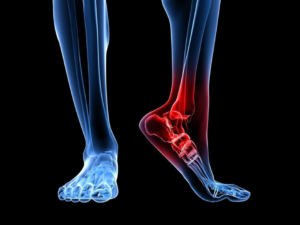 Treatment for your Achilles tendon injury involves the following:
Treatment for your Achilles tendon injury involves the following:
Nonsurgical Treatment
Nonsurgical treatment options involve minor ruptures among less active patients. In addition, those with specific medical conditions that prevent Achilles tendon surgery option may also undergo nonsurgical treatment. A walking boot, a cast, and a brace to restrict movement are some of the recommended nonsurgical treatments for Achilles tendon rupture.
Surgical Treatment
Achilles tendon surgery comes with potential benefits such as decreasing chances of rupturing your Achilles tendon, improving muscle function, increasing your push-off strength, and enhancing the movement of your ankle.
Different surgical techniques are used today to repair the injured Achilles, tendon tear ankle, and a torn tendon in the foot. Your surgeon will choose the most appropriate surgical treatment procedure for your ruptured tendon ankle.
After the surgery, your ankle and foot are immobilized in a walking boot or a cast. Your surgeon will determine the right time to start weight-bearing. The surgeon will also provide you with advice on how to stretch your Achilles tendon.
Risk Factors of Achilles Tendon Rupture
Many factors can potentially increase the risk of Achilles tendon rupture. They include:
Prevention of Achilles Tendon Rupture
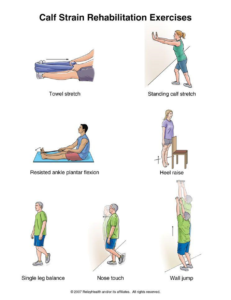 Here are the prevention measures to consider for your Achilles tendon injury:
Here are the prevention measures to consider for your Achilles tendon injury:
- Learning how to stretch your Achilles tendon gradually
- Varying your exercises
- Choosing running surfaces carefully
- Increasing training intensity slowly.
Final Thought
Even though your Achilles tendon is built to withstand great stress and pressure from walking, running, and jumping, it is also vulnerable to different injuries. Common among them is the ankle tendon tear, foot tendon tear, or Achilles tendon strain. Schedule your appointment today with top orthopedic surgeon Dr. Christopher Dillingham of Sforzo | Dillingham | Stewart Orthopedics + Sports Medicine to learn more about Achilles tendon rupture and treatment.
Conditions Foot & Ankle
Treatment Foot & Ankle
Focusing On You
As healthcare is ever changing, Sforzo | Dillingham | Stewart Orthopedics + Sports Medicine, is doing things differently…
-
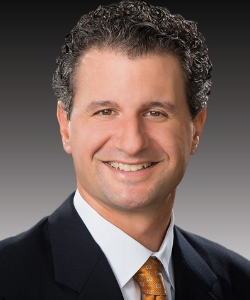 Christopher R. Sforzo, M.D. is a board certified orthopedic surgeon and fellowship trained in hand and upper extremity surgery. He provides expert care in the treatment of problems involving the shoulder, arm, elbow, forearm, wrist and hand. He performs many procedures using minimally invasive techniques includi
Christopher R. Sforzo, M.D. is a board certified orthopedic surgeon and fellowship trained in hand and upper extremity surgery. He provides expert care in the treatment of problems involving the shoulder, arm, elbow, forearm, wrist and hand. He performs many procedures using minimally invasive techniques includi -
 Christopher L. Dillingham, M.D. is a board certified orthopedic surgeon and fellowship trained in hand, shoulder, and arm surgery. He specializes in the treatment of problems with rotator cuff disorders, carpal tunnel syndrome and nerve injury, joint replacement, arthritis surgery, fracture repair, foot and ankle
Christopher L. Dillingham, M.D. is a board certified orthopedic surgeon and fellowship trained in hand, shoulder, and arm surgery. He specializes in the treatment of problems with rotator cuff disorders, carpal tunnel syndrome and nerve injury, joint replacement, arthritis surgery, fracture repair, foot and ankle -
 Charles E. Stewart M.D. is a board certified, Johns Hopkins fellowship-trained orthopedic surgeon specializing in adult complex reconstruction of the lower extremity. His specialties include, lower extremity sports injuries, meniscal injuries, partial knee replacement, total hip and knee arthroplasty (replacement), as
Charles E. Stewart M.D. is a board certified, Johns Hopkins fellowship-trained orthopedic surgeon specializing in adult complex reconstruction of the lower extremity. His specialties include, lower extremity sports injuries, meniscal injuries, partial knee replacement, total hip and knee arthroplasty (replacement), as -
 Philip A. Meinhardt, M.D. is a board certified orthopedic surgeon and fellowship trained spine surgeon. He specializes in adult spinal surgeries including reconstruction of spinal deformities, minimally invasive/microscopic spinal procedures, decompression, spinal instrumentation, fusion procedures and microscopic cer
Philip A. Meinhardt, M.D. is a board certified orthopedic surgeon and fellowship trained spine surgeon. He specializes in adult spinal surgeries including reconstruction of spinal deformities, minimally invasive/microscopic spinal procedures, decompression, spinal instrumentation, fusion procedures and microscopic cer
Testimonial
Latest Blog Posts
-
 October 18, 2022Dr. Christopher Sforzo was invited to speak at the recent IMG Academy Athlet
October 18, 2022Dr. Christopher Sforzo was invited to speak at the recent IMG Academy Athlet -
 January 22, 2022Did you know that pickleball has become the fastest-growing sport in the U.S.? It’s a fun
January 22, 2022Did you know that pickleball has become the fastest-growing sport in the U.S.? It’s a fun -
 October 27, 2021SARASOTA, FL – With the fall football season underway, shoulder injuries are on the rise among
October 27, 2021SARASOTA, FL – With the fall football season underway, shoulder injuries are on the rise among



